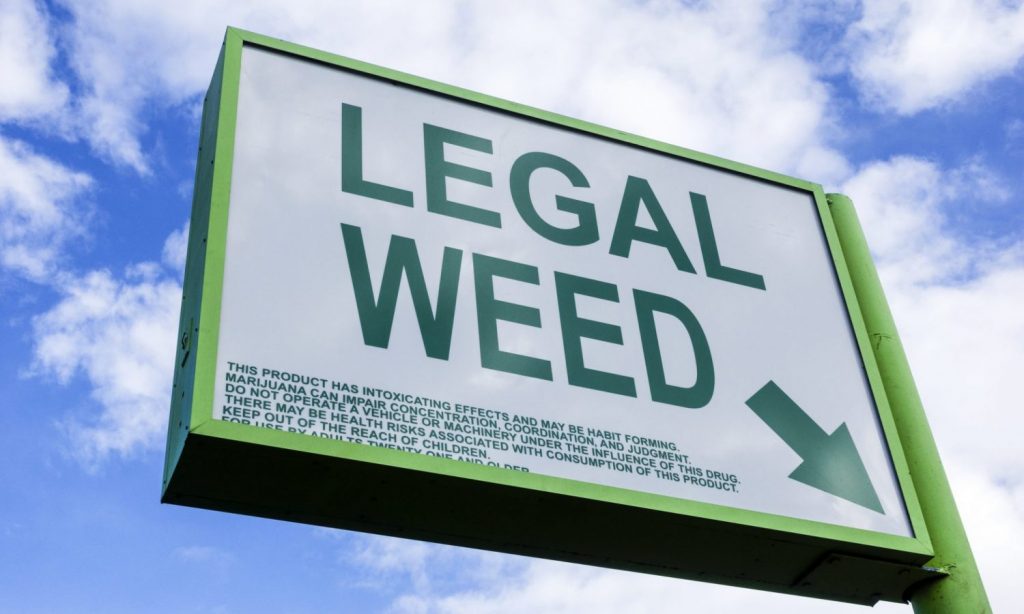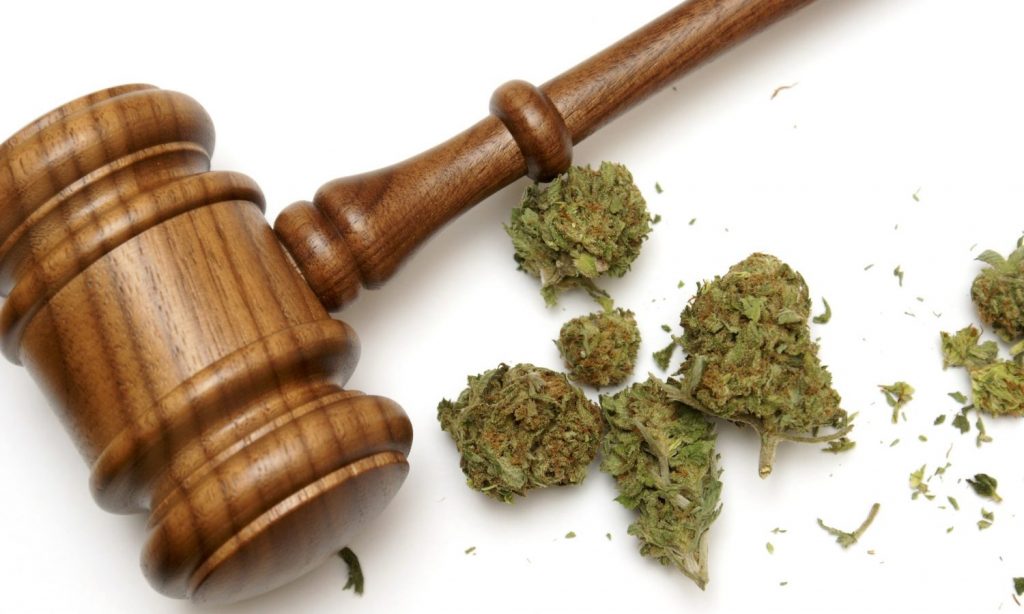
Why choosing cannabis does not always comply with cannabis legislation
ByGreg Huffaker III, Director of Client Services at Canna advisor
State by state, millions of eligible Americans tick “Yes” on their cannabis ballot. Most of these voters understandably assume that this is the end of the story, and their government officials then go out and create a cannabis program. Those millions would be surprised to learn that this is not the case all too often.
In the past few weeks we’ve seen the Mississippi Supreme Court crush their voter-approved cannabis program, and the Florida Supreme Court upheld a legislative departure from that voter-approved program. These maneuvers are a continuation of a pattern of elected and appointed government officials who fight cannabis after voters approve it, often influenced by vocal anti-cannabis users.
Photo by KellyJHall / Getty Images
Although cannabis is by no means the only issue where government measures do not meet the people’s wishes (e.g. gun control, minimum wage), the important difference with cannabis is that the votes were cast, the will of the voters clear, nonetheless the resistance continues, in all three branches of the state governments.
When a state legalizes cannabis (for medicinal purposes or for adults) it can do so either by having the legislature pass a law that the governor then signs, or by putting a question on the ballot so voters can decide. That question on the ballot can be asked there by collecting a certain number of signatures from citizens, like Mississippi did, or from the state legislature asking the question to voters like New Jersey did. Voters usually change the state constitution when they vote on a voting question.
After a voter-approved constitutional amendment is passed, the legislature should then enact an enabling law and instruct a state agency to enact regulations that follow the constitutional amendment and enabling legislation. These regulations, written in an agency under the governor, should then be used to administer the program. People will then sue and bring the dishes into the mix. Sometimes these colors are brought in by opponents, like in Mississippi, and sometimes they’re brought in by supporters, like in Florida.
RELATED: South Dakota’s Amendment to Legalize Recreational Grass Declared Unconstitutional
The involvement of all three branches offers many opportunities for program interference. Back in 2018, an Ohio court rejected a racial minority licensing preference, and as noted, other state courts are also agreeing. In Montana and Florida, both state courts and their lawmakers have attacked cannabis legalization in various places. Governors in South Dakota and Florida have also taken anti-cannabis measures after their voters agreed.
Repeal of the 74% vote in Mississippi
The well-meaning Mississippi change only imposed state sales tax on cannabis sales. With other states earning more income from special taxes and fees, the Mississippi government seemed to be longing for the lack of cash. On potentially contestable grounds, the state’s Supreme Court rejected the voter-approved constitutional amendment to allow lawmakers to create their own program that generates more revenue.

No straight path in the Great Plains
Montana voters first legalized a medical program in 2004, which lawmakers and courts then wiped out with a 2011 law that the state Supreme Court upheld in 2016. Later that year, Montana voted again for a medical program and then voted for an adult program in 2020, which its lawmakers toned down this year.
South Dakota Governor Kristi Noem is a vanguard when it comes to ignoring the voices of her people. As the first state to run both medical cannabis and adult cannabis at the same time, Noem had the opportunity to streamline the two programs. Instead, it combats adult use and its legislature supports the medical program, which creates waste now and likely duplicity / contradiction later.
Florida’s unique fractured process
After 71% of Floridians voted for a medical program, the governor made the program a failure by appointing regulators who did so little that lawmakers had to freeze their salaries in order to get them to respond to legislature’s requests for information to react.
RELATED: Pharmacies Sue City of Miami Over Right to Open; Florida Supreme Court is holding a recreational rally
Years of litigation have messed up the Florida program. The most recent is from the state Supreme Court. The court upheld a bill passed by the legislature that made a major change in voter approval. This law only allows a single license that performs all of the business functions known as required vertical licensing. Vertical licensing is different from horizontal licensing, where someone can only run one type of business, e.g. B. an extension or a pharmacy. Although the constitutional amendment used the article “or” in the definition of a company’s activities, there was only one type of license in the law passed by the legislature that could carry out any phase of the business, effectively converting that “or” into a “and.” “.

Support and government revenues increase, but the disability remains
Over the years, watching cannabis resistance has been fascinating, albeit often depressing. It’s hard to find topics in the US that are getting as high approval as cannabis – 91% in a recent poll – while increasing government revenues at the same time.
The remaining opponents of cannabis generally make two main arguments: 1) We NEED more research on its dangers (somehow more than 29,000 peer-reviewed studies, the vast majority of which look for negative effects and few find, are not enough for them ; still use of sunscreen is based on a randomized study) and 2) but think of the children (as if children cannot currently be given cannabis). Yet at all levels of government, cannabis resistance, which has no tenable basis, beats the elected will of the population.
What is not getting to the officials who make these decisions is what people have already figured out: the best way to keep children safe while learning more about the potential benefits of cannabis is through legalization. Drug dealers don’t check IDs, pharmacies do. Cannabis users report using it to help with sleep and anxiety, but the ban blocks studies to isolate the underlying reasons for these benefits.
Unfortunately, this is an example – not an outlier – of this phenomenon that our governments disagree with the polls of Americans. As mentioned earlier, gun control and raising the minimum wage are two other issues where what Americans want has minimal impact on the functioning of state actors. The difference in cannabis? The people have already voted for it. Then government officials – who supposedly represent these people – undermined or eliminated the right to cannabis entirely.
Greg Huffaker III is an expert in dealing with the complex cannabis regulations and emerging government programs across the country. From his early career in the industry maintaining a comprehensive database of ever-changing cannabis laws, his JD from the Cardozo School of Law, and his Colorado licensed attorney, Greg brings with him a keen instinct and deep knowledge of the legislation that is around Affects customers at every stage. of business.
This article originally appeared on Benzinga and was republished with permission.

Post a comment: